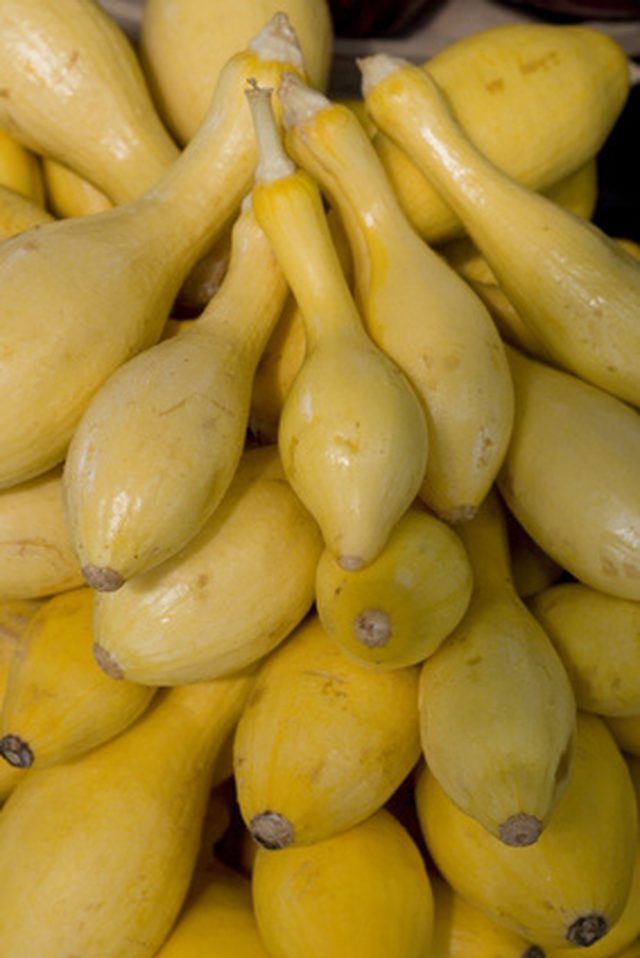Bulbs
Flower Basics
Flower Beds & Specialty Gardens
Flower Garden
Garden Furniture
Garden Gnomes
Garden Seeds
Garden Sheds
Garden Statues
Garden Tools & Supplies
Gardening Basics
Green & Organic
Groundcovers & Vines
Growing Annuals
Growing Basil
Growing Beans
Growing Berries
Growing Blueberries
Growing Cactus
Growing Corn
Growing Cotton
Growing Edibles
Growing Flowers
Growing Garlic
Growing Grapes
Growing Grass
Growing Herbs
Growing Jasmine
Growing Mint
Growing Mushrooms
Orchids
Growing Peanuts
Growing Perennials
Growing Plants
Growing Rosemary
Growing Roses
Growing Strawberries
Growing Sunflowers
Growing Thyme
Growing Tomatoes
Growing Tulips
Growing Vegetables
Herb Basics
Herb Garden
Indoor Growing
Landscaping Basics
Landscaping Patios
Landscaping Plants
Landscaping Shrubs
Landscaping Trees
Landscaping Walks & Pathways
Lawn Basics
Lawn Maintenance
Lawn Mowers
Lawn Ornaments
Lawn Planting
Lawn Tools
Outdoor Growing
Overall Landscape Planning
Pests, Weeds & Problems
Plant Basics
Rock Garden
Rose Garden
Shrubs
Soil
Specialty Gardens
Trees
Vegetable Garden
Yard Maintenance
How to Grow Summer Squash on a Trellis
How to Grow Summer Squash on a Trellis. Summer squash are frost-tender, warm-season annuals that can be grown throughout the United States in the summertime. Like gourds and pumpkins, squash are members of the cucumber family. Summer squash differ from winter squash primarily in their harvest date. Summer squash -- which include crookneck,...

Summer squash are frost-tender, warm-season annuals that can be grown throughout the United States in the summertime. Like gourds and pumpkins, squash are members of the cucumber family. Summer squash differ from winter squash primarily in their harvest date. Summer squash -- which include crookneck, straightneck, scallop (also known as patty pan) and zucchini varieties -- are picked when young and tender; winter squash are picked when hard and ripe. These tasty, wholesome vegetables are easy to grow, and so productive that even a small planting usually yields an abundant harvest. By following some simple guidelines for proper planting, you can grow summer squash on a trellis, and enjoy their bounty all summer long.
Things You'll Need
Organic compost
Mulch
A-frame trellis, 4 feet high
Old nylon stocking, cut into thin strips
Commercial fertilizer (5-10-10 formulation)
Create a small hill in the planting location by shaping a mound of soil about 8 inches high and about 1 1/2 feet across.
Sow the squash seeds 2 to 3 inches deep, planting four to five seeds 3 to 4 inches apart in the soil mound. Don't sow the seeds until three weeks after the last frost, when soil has warmed to at least 60 degrees Fahrenheit.
Apply a 2-inch layer of mulch to conserve moisture and protect the roots.
Set an A-frame trellis in place right after planting, so as to not disturb growing roots later on. The trellis will save space, make it easier to pick the squash, promote better air circulation and prevent them from touching the ground.
Water well after sowing the seeds, and keep the soil evenly moist but not wet.
Thin to the two or three strongest seedlings by snipping the weaker ones off at soil level when the squash seedlings have two sets of true leaves.
Attach young squash plants to the trellis with strips of nylon stocking to train them to it, if necessary. If the plants become unruly later in the growing season, you can snip the growing tips to promote lateral branching along the trellis.
Feed your summer squash plants with a 5-10-10 fertilizer every 10 days. The squash should be ready for harvest 50 to 65 days after planting.
Tips & Warnings
Select a planting location in full sun with moderately rich, well-drained soil that you have amended with an organic compost to add nutrients. Squash do best at a soil pH of 5.5 to 6.8.
Choose a type of summer squash that is a vining variety suitable for growing on a trellis. Vining types of summer squash include Italian trombone, Italian vegetable marrow, trailing green marrow and the Peter Pan varieties.
Don't plant entire packets of squash seed--you will be overwhelmed with squash. One plant per family member is usually more than enough.